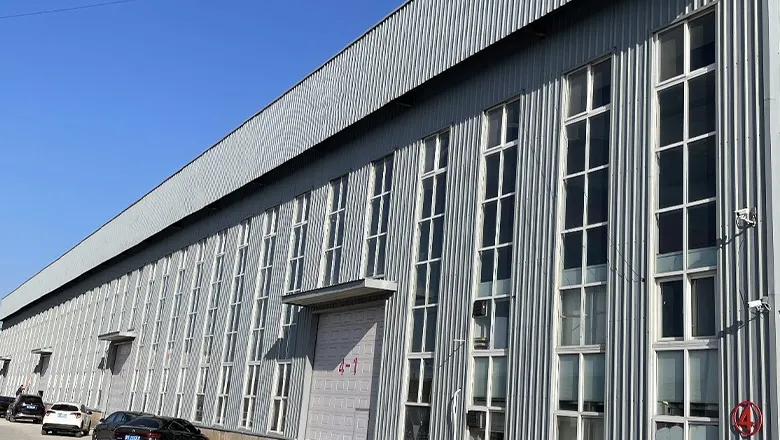loading...
- No. 9, Xingyuan South Street, Dongwaihuan Road, Zaoqiang County, Hengshui, Hebei, China
- admin@zjcomposites.com
- +86 15097380338
- Welcome to visit our website!
Structural FRP Fiberglass Solutions | High-Performance Composite Materials
The Role of Structural FRP Fiberglass in Modern Engineering
Structural Fiber Reinforced Polymer (FRP) fiberglass has emerged as a cornerstone material in modern engineering and construction. This innovative composite material, known for its high strength-to-weight ratio, corrosion resistance, and design flexibility, is increasingly being utilized across various sectors, including civil engineering, aerospace, automotive, and marine industries.
FRP fiberglass is composed of a polymer matrix strengthened by fibers, typically made of glass, carbon, or aramid. The most common form, glass fiber reinforced polymer (GFRP), leverages the advantageous properties of glass fibers to provide exceptional strength and durability. This composite material is not only lightweight, making it easier to transport and install, but it also offers fantastic tensile strength and stiffness, which are essential for load-bearing applications.
The Role of Structural FRP Fiberglass in Modern Engineering
Additionally, FRP fiberglass is non-conductive, which adds to its appeal in electrical and electronic applications. Structures that require electrical insulation can benefit from the use of this material, as it eliminates the risk of electrical hazards while still providing structural support. Its thermal insulation properties also help in applications that require temperature control, further enhancing its utility in various fields.
structural frp fiberglass

The versatility of structural FRP fiberglass makes it ideal for a range of applications. In civil engineering, it is used in bridges, building facades, and various structural components, where it can enhance overall performance while reducing weight. The ability to mold FRP into complex shapes offers architects and engineers greater creative freedom and enables them to design structures that were previously impossible with traditional materials.
In the automotive sector, manufacturers are increasingly turning to FRP fiberglass to produce lightweight components that optimize fuel efficiency without sacrificing safety. The aerospace industry also benefits from this lightweight material, as every kilogram saved can lead to significant fuel savings and improved performance.
Moreover, the sustainability of structural FRP fiberglass is an important consideration in today’s engineering landscape. The production and recycling processes of FRP are continually being improved, aiming to reduce environmental impacts. As global awareness of environmental issues increases, the shift towards sustainable materials like FRP fiberglass is likely to become even more pronounced.
In conclusion, structural FRP fiberglass represents a remarkable innovation in material science, combining the desirable traits of lightweight, strength, corrosion resistance, and design flexibility. Its applications span numerous industries, making it a vital player in the modernization of engineering practices. As research and development continue to advance, we can expect to see an even greater integration of FRP fiberglass in new projects, paving the way for more efficient and sustainable engineering solutions.
-
GRP Structures: The Future of Lightweight, High-Performance EngineeringNewsJun.20,2025
-
FRP Water Tank: High-Performance Storage for Corrosive and Clean Water SystemsNewsJun.20,2025
-
FRP Square Tube: The New Industry Standard for Chemical and Structural ApplicationsNewsJun.20,2025
-
FRP Pultruded Profiles: The Ultimate Choice for Lightweight Structural StrengthNewsJun.20,2025
-
FRP Handrails: The Safer, Smarter, and Stronger Choice for Modern InfrastructureNewsJun.20,2025
-
FRP Grating: The Smart Solution for Durable, Lightweight Industrial FlooringNewsJun.20,2025
-
Why Choose a Galvanized Water Tank for Your Storage NeedsNewsMay.21,2025
